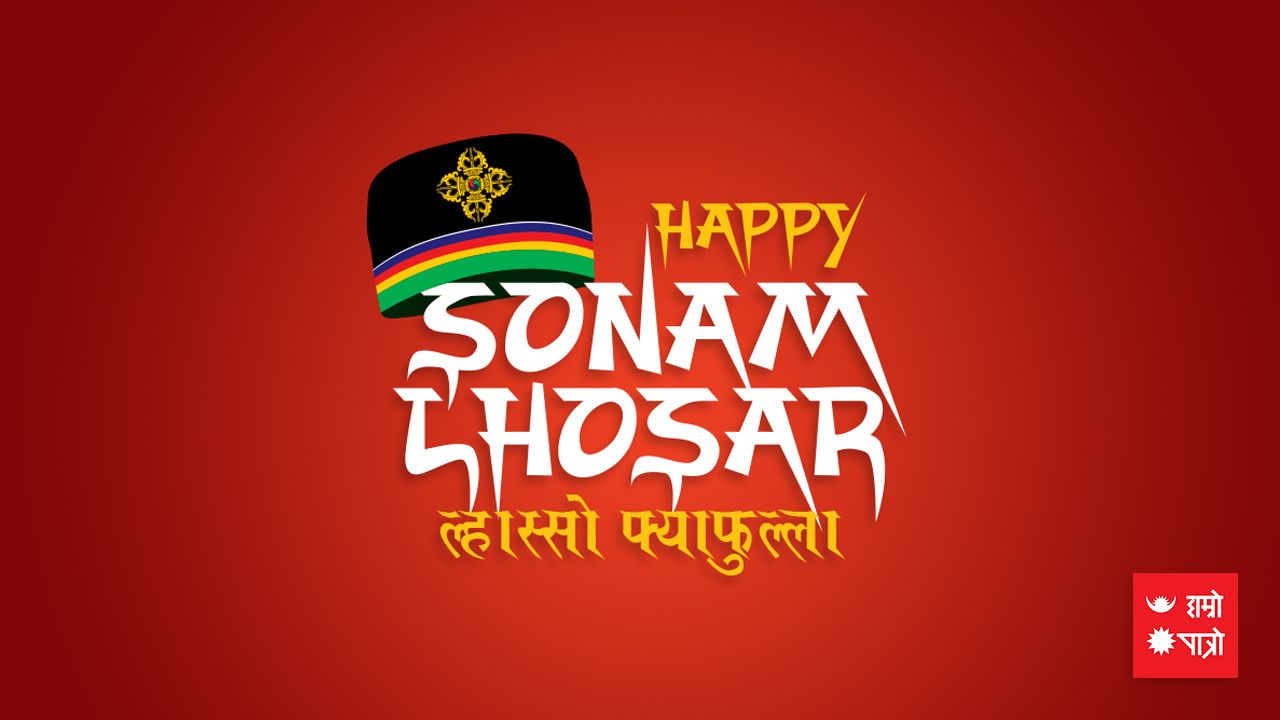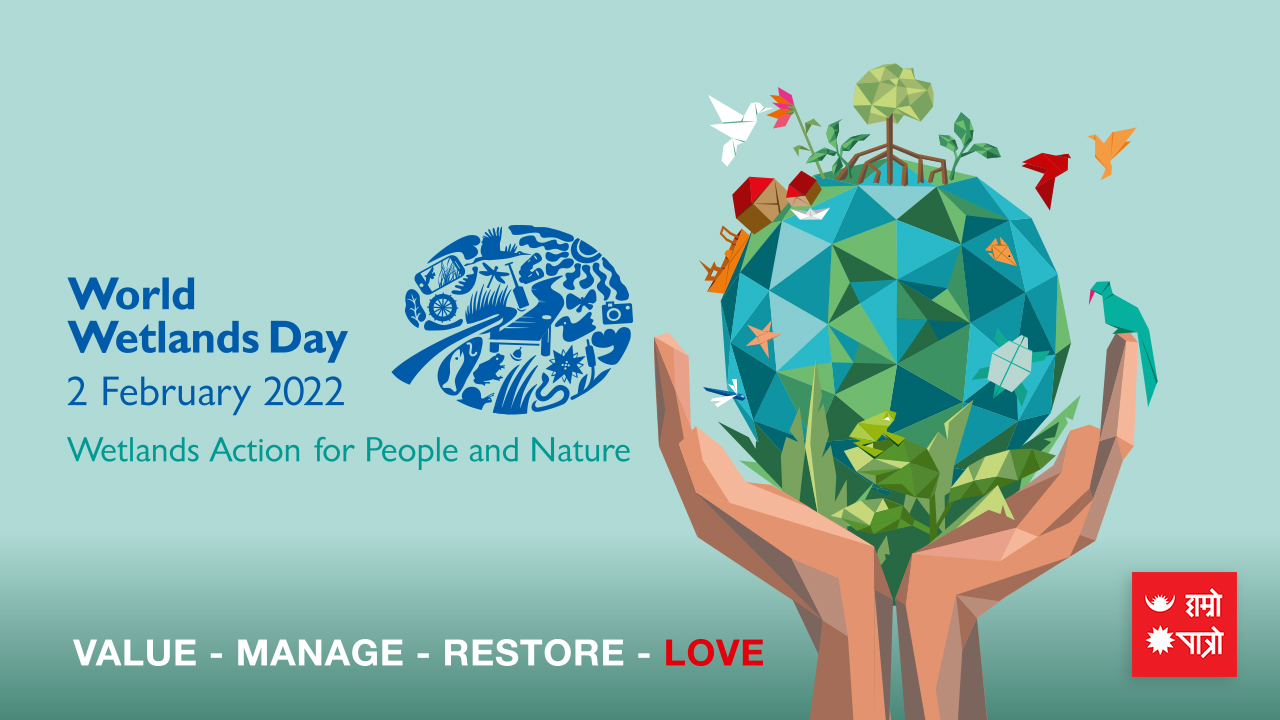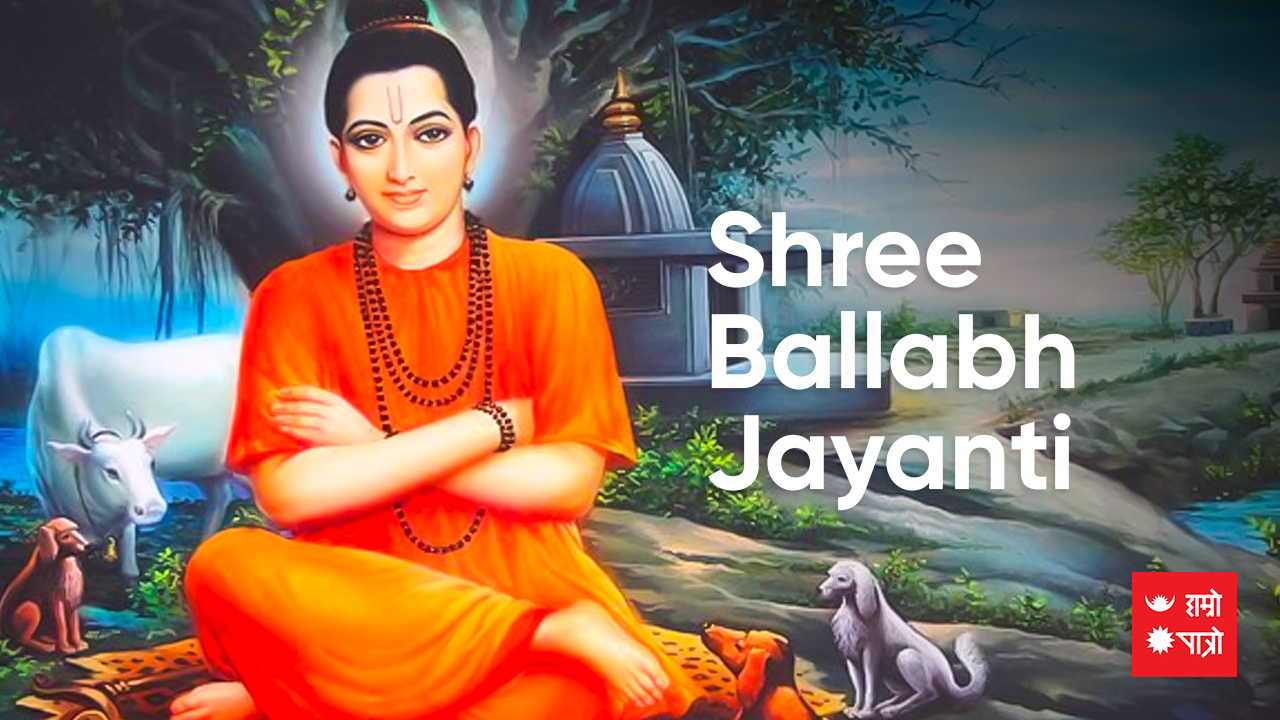
Losar (Lo - year, sar - new) is a national holiday of Tibetan Buddhism celebrated in the mountainous and hilly regions of Nepal, China - our northern neighbors as well as various regions of Asia such as Malaysia, Thailand, Bhutan, India, Laos, and Japan where Buddhism practitioners are concentrated. It takes on different names and is celebrated by the ethnic groups that recognize it in their ways, for instance, the Gurungs call it "Tola Losar" whereas the Sherpas celebrate "Gyalpo Losar". Today is "Sonam Losar" and is commemorated with much fanfare by the Tamang community.
One of the indigenous groups of Nepal with their language being the 5th most spoken in Nepal, the Tamang community is famous for nurturing a deep respect for nature and having abundant skill in horse riding. They recognize 12 different years and represent these years as the year of the mouse, cow, tiger, cat, vulture, snake, horse, sheep, monkey, dog, bird, and deer with the mouse being the first year in the rotation, and deer the last. These 12 years also have been found to represent the 12 signs of the horoscopes as well. It is believed that this system of representation of the years traces its roots to China where the new year is also named after different animals. Only sharing an origin with the Chinese new year, however, this new year is celebrated by the Tamang community in their unique style.
The Tamang community celebrates Sonam Losar every month of Magh (January — February in the Gregorian calendar) with various activities and events planned. Starting with an everyday Tamang household, it is common to see the house being meticulously cleaned and being marked with colored flags and Buddhist mantra cloths. Family gatherings with grand feasts are organized to exchange well wishes amongst the family. Monasteries are adorned with colorful accessories which attract lots of onlookers who also visit these monasteries to receive blessings from the resident's monks to bolster their progress and happiness in their lives and the lives of their families. In a community, the people participate in different cultural programs such as music and dance performances also known as “Tamang Selo” which are quite well known for being built around love, the daily struggles of the community, and the meaning of life. Considered a staple musical instrument, the Damphu drum(Similar to a large tambourine) is also used to accompany and augment these performances. Other notable events include celebrations at Tundikhel, Kathmandu where various contests of skills, feasts are organized (Miss Tamang being such an event). It also provides ample opportunity to witness members of the Tamang community in their traditional garbs and jewelry. Furthermore, due to its status as a national holiday, it is common for various national figureheads and notable citizens to send their good wishes to the community.
Organizing these myriads of events and festivities, the Tamang community has made sure that this tradition has been going strong for more than 100 years and will go on with the same energy for many generations to come. Come and join in, exchange well wishes and get a chance to interact and experience a vivid culture and its people during this most auspicious occasion.
Happy Sonam Losar!!
World Wetlands day
2nd February 2022
The health of this planet is equally important as the health of creatures living here, in fact, the living condition of this planet entirely depends on the health of this planet. World wetlands day is an important day to remind people of this planet about preserving the health of their planet.
The theme for WWD (World Wetlands Day, 2022) is Wetlands Action for People and Nature. The global community reaches out today with the message of wetland preservation and its importance.
According to the US environment protection agency (EPA), Wetlands include marshes, swamps, dogs, riverbanks, mangroves, floodplains, rice fields, and anywhere else where saturation with water is a dominant factor. This determines the nature of soil development and the types of plant and animal communities there. Wetlands are widespread in every country and continent in this world except in Antarctica. Surprisingly if all of the wetlands in this world gathered together, this combined area will be one-third larger than the United States.
These wetlands play a key role in the life of this earth, higher numbers of plants and animal species are found in these lands compared to other landforms. Wetlands play a key role in feeding downstream waters and tapping or soaking the floodwaters, they also recharge groundwater supplies, remove pollution, and make a home for fishes and wild lives. The local economy highly depends on wetlands as these lands are the key to irrigation, animal, and wild lives.
Many environmentalists have defined wetlands as the "Kidney" of this ecosystem. As the kidney purifies the blood in human anatomy, wetlands also purify waters and chemicals in our ecosystem. Wetlands filter sedimentation, decompose vegetative matters and convert chemicals into usable forms. The recycling ability of wetlands makes them critical in the overall functioning of this earth.
Sadly the rate of wetland deterioration is happening rapidly in this world, the pressure on wetlands is likely to be increased in coming decades due to increased global demand for water and land.
Nepal is the second-largest nation on this planet in water resources, Nepal has numerous wetlands like GhodaGhodi Lake, KoshiTappu, Hajari lake, Jagdishpur lake, Gosaikunda, and all seven lakes of Pokhara city. Wetlands are called "Simsar" or "Ramsar" in the Nepali language. Nepal officially signed the wetlands conservation agreement in 1987 and has since putting up a lot of effort to preserve its wetlands. Nepali wetlands are the winter homes for birds that fly from Siberia and other places but ironically Nepali wetlands are being captured for habitat and squeezed every year. Without the preservation of this planet and nature, the existence of mankind will be always at risk, so February 2nd alarms every government, leadership, and citizen in the preservation of wetlands. February 2nd marks the anniversary of the signing of the convention of wetlands of international importance (Ramsar) convention in Ramsar Iran on 2nd February 1971.
Can this world afford to decrease the wetlands which have been providing rice to 3 billion people?
Can this world afford to squeeze wetlands which are the largest habitat for animals and plants?
For me putting pressure on these wetlands will eventually turn out to be a suicidal step for mankind. As a generation, it's our first and foremost priority to hand over a healthy and functional planet for coming generations and the planet will be healthy only when we will be able to protect and preserve wetlands. Protecting wetlands is our common responsibility, let's get together for this.
Shree Ballav Jayanti
This world will remember Acharya Ballav, the great guide of the Vaishnava sect and the founder of the pure dualistic philosophy. Today, Sanatan Sampradaya around the world is celebrating the birth anniversary of Acharya Ballav, an influential devotee of Lord Krishna and a full exponent of Krishna philosophy.
Acharya Sri Ballav, a great philosopher and an ardent advocate of the path of devotion, is also known as the 'Founder of Realization'. Shri Ballavacharya composed many languages, texts, and hymns. Among them, Yamunashtak, Balbodh, Siddhanta Muktavali, Pushtipravahmaryadabheda, Siddhantarahasya, Navaratnastotra, etc. are remembered as his famous works.
Besides, Mr. Ballav translated many texts in Sanskrit into simple language for the general public to understand. Today is the birth anniversary of Mahaprabhu Ballavacharya.
He was born in 1479 in Banaras. He died in 1531 AD.
Acharya Ballav introduced the very concept of vacuum or emptiness, many people failed to understand his idea and manifest of thought. His ideas were therefore called "Sudhhadwet". The most amazing part of his ideas is these ideas are still very contemporary and convincing. To closely understand the value of life and its real meaning and to redefine your understanding of aesthetic and metaphysical presence, reading Ballavacharya can be of great help.
Utmost gratitude to this great soul. This world needs more like him.
Suyog Dhakal
Liked by: